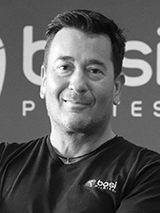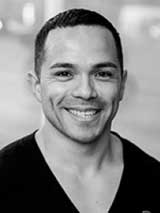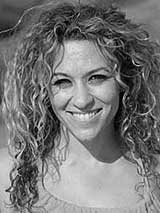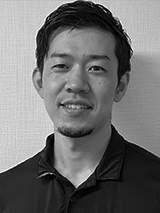-

-

2024 OFFLINE PRESENTER
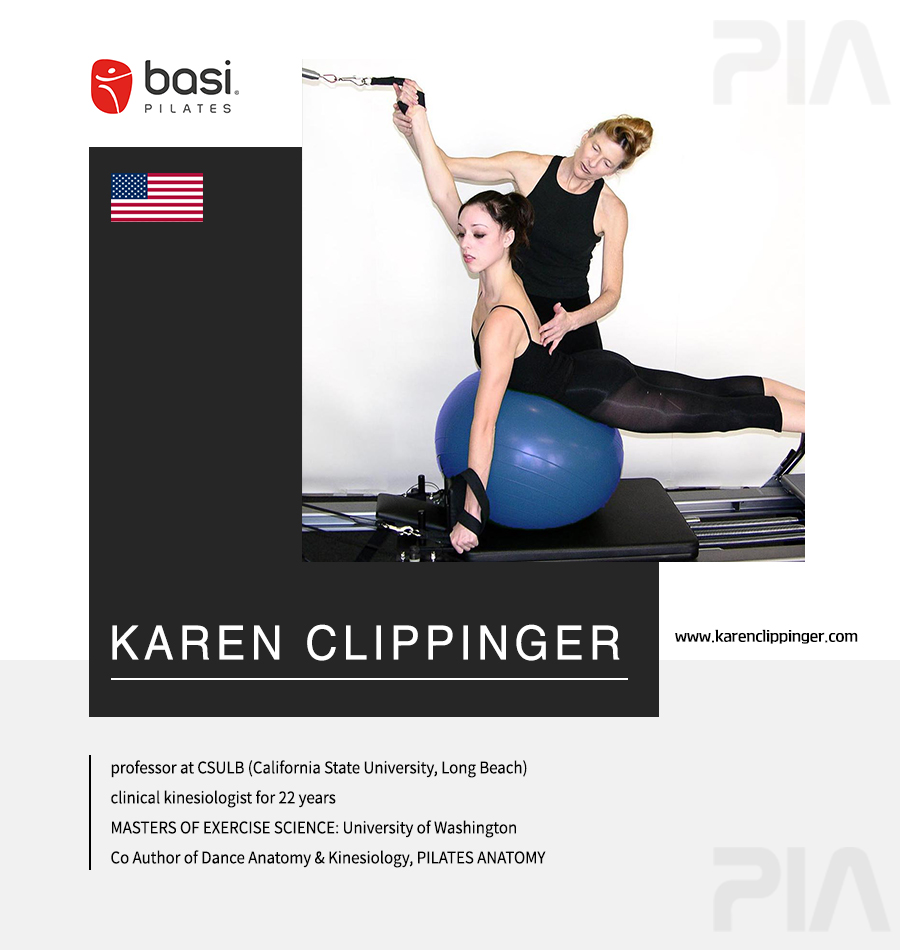
-
BIOGRAPHY
Karen Clippinger has a masters degree in exercise science (MSPE) and her life-long work has focused on application of scientific principles to enhance movement technique and reduce injury risk. She has integrated Pilates into her work since 1993. Karen is a Professor Emerita at California State University, Long Beach where her course topics included anatomy, injury prevention, body placement and Pilates for dancers.
Prior to her academic appointment, Ms. Clippinger worked as a clinical kinesiologist for 20 years, including at Loma Linda University Medical Center and several sports medicine clinics in Seattle. She has also consulted for the U.S. Weightlifting Federation, U.S. Race Walking Team and Pacific Northwest Ballet.
Ms. Clippinger has given over 400 presentations internationally and at various sites in the United States including at conferences for the International Association of Dance Medicine and Science (IADMS), Body Arts and Science International (BASI), Balanced Body Pilates, Pilates Method Alliance, and numerous universities.
Ms. Clippinger served as one of the founding co-editor-in-chiefs of the Journal of Dance Medicine and Science, wrote a textbook Dance Anatomy and Kinesiology, and co-authored Pilates Anatomy with Rael Isacowitz. In 2021 she received the Lifetime Achievement Award from IADMS for her contributions to and impact on the field of dance medicine and science.
-
Media is Comming soon.
- 2024 May, 17 Friday
-
Shoulder Biomechanics and Pilates: The Basic Five

- Time : https://drive.google.com/drive/folders/1Pn8XnpNCqJwW5wjRdB1GpGF7cf9Gd-sm?usp=sharing Location : 102 Required Equipment : Reformers with boxes, bands Total number of people : 50people
-
Various research studies recommend that five exercises be included in training programs to promote optimal movement of the shoulder complex and help avoid shoulder problems. This workshop will translate these recommendations into Pilates-based exercises with anatomically-based cues that can be readily added to arm series or mat classes with bands.
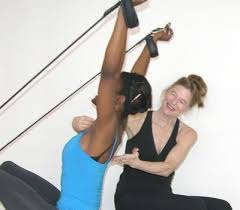

- 2024 May, 17 Friday
-
Low Back Pain and Pilates: Extension Based Programs

- Time : https://drive.google.com/drive/folders/11cDKH5jeCdPJaOtTvRj3OJsDYtl9ezqz?usp=sharing Location : 102 Required Equipment : Cadillac and chair Total number of people : 50people
-
This workshop will focus on understanding the common low back conditions of disc injury, flat back, and osteoporosis, as well as why spinal flexion can exacerbate these conditions. Participants will learn novel Pilates-based exercises and modifications for classical Pilates exercises designed to build necessary core strength to promote a healthy back that emphasize the use of extension and neutral positions, while avoiding excessive flexion

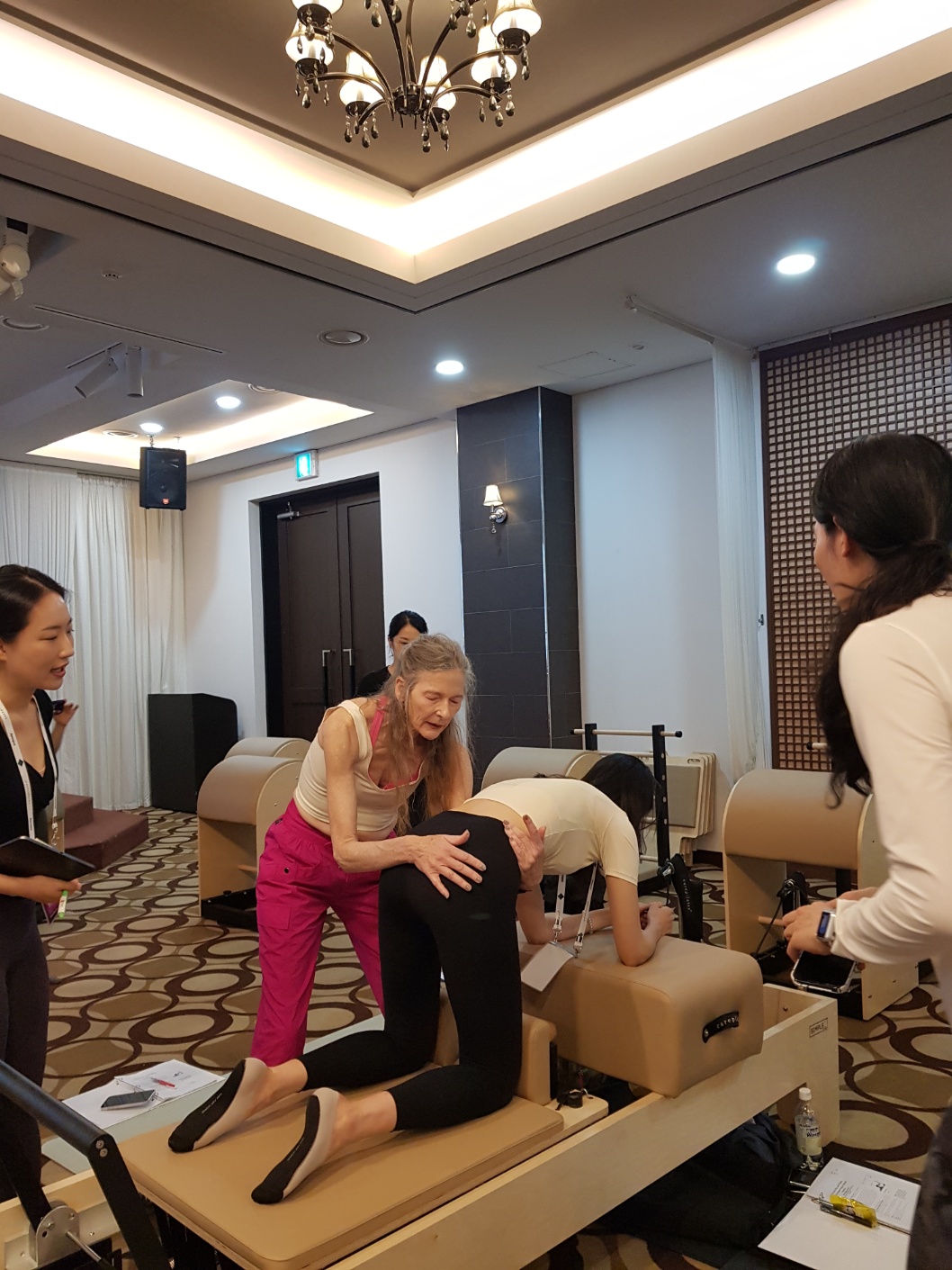
- 2024 May, 18 Saturday
-
Unwinding Scoliosis and other Spinal Asymmetries with Pilates

- Time : https://drive.google.com/drive/folders/1W8tgYxtGVJNap9tiaixuT4mrqYcO6q86?usp=sharing Location : 105 Required Equipment : Cadillac and chair Total number of people : 50people
-
This workshop will present basic anatomy of scoliosis, as well as exercises with bands and the Pilates apparatus that utilize counter rotation, lateral flexion, and distraction to lessen asymmetries and discomfort often associated with scoliosis. Cues for selected classical Pilates exercises will also be provided to help maximize benefits for your clients with asymmetries from scoliosis or other sources.
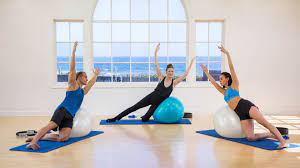
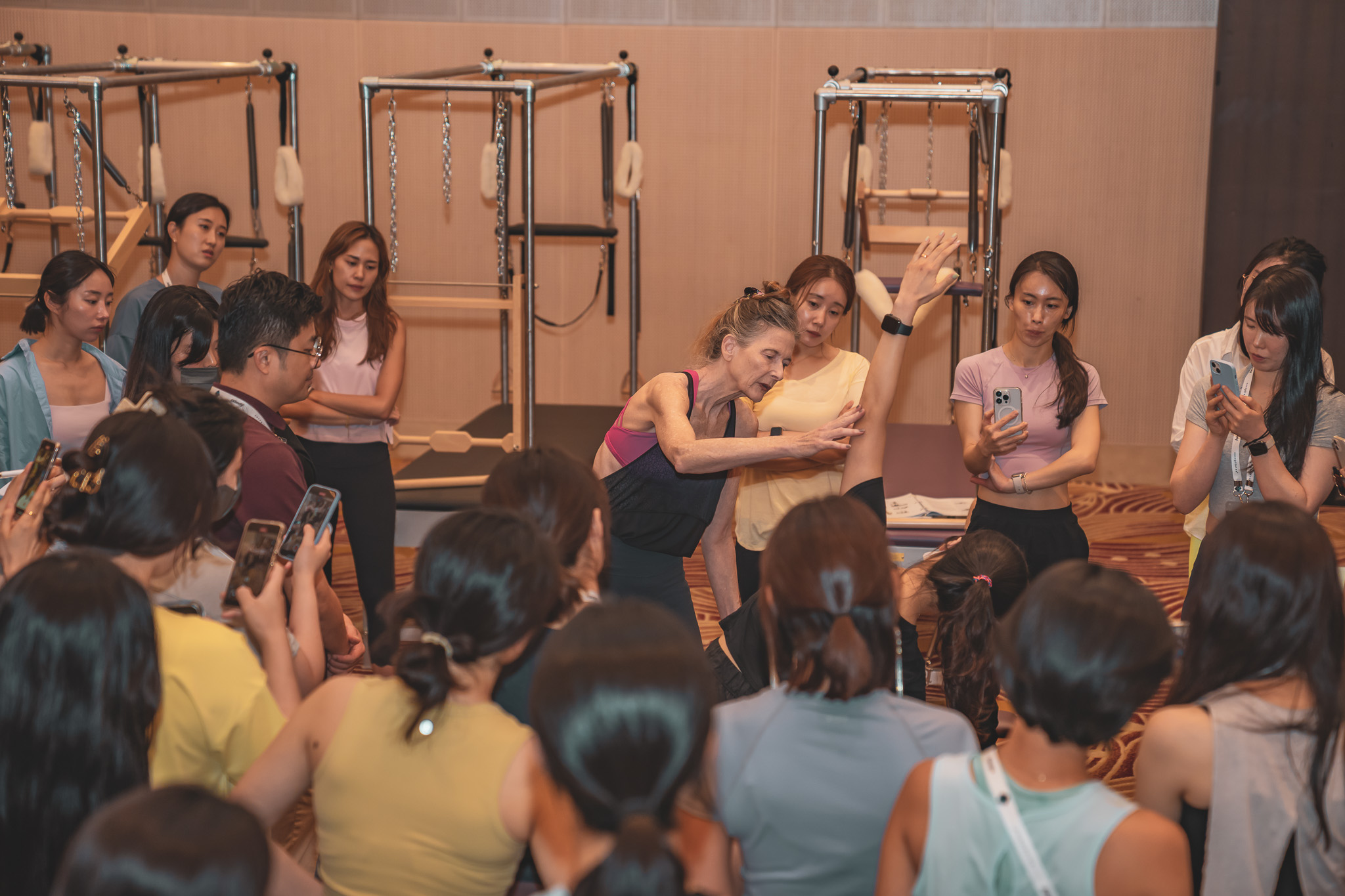
- 2024 May, 18 Saturday
-
Pilates Core Benefits for the Aging Spine

- Time : https://drive.google.com/drive/folders/1T2CsdL6kP83cOwUMOhurNCy6c2tLvZKr?usp=sharing Location : 105 Required Equipment : Reformer, ladder barrel, powerpoint Total number of people : 50people
-
The aging spine is prone to physiological changes that can negatively impact posture and functional movement, including decreased intervertebral disc shock absorbency and height; bone density; muscle strength and quality; proprioception; and range of motion.
be slowed down or even reversed with appropriate exercise. Hence, modifications of classical Pilates exercises and novel exercises will be provided and practiced that are designed to address these changes and promote optimal spinal function in multiple planes.
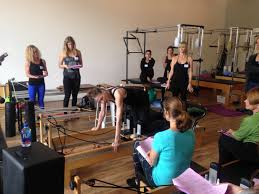
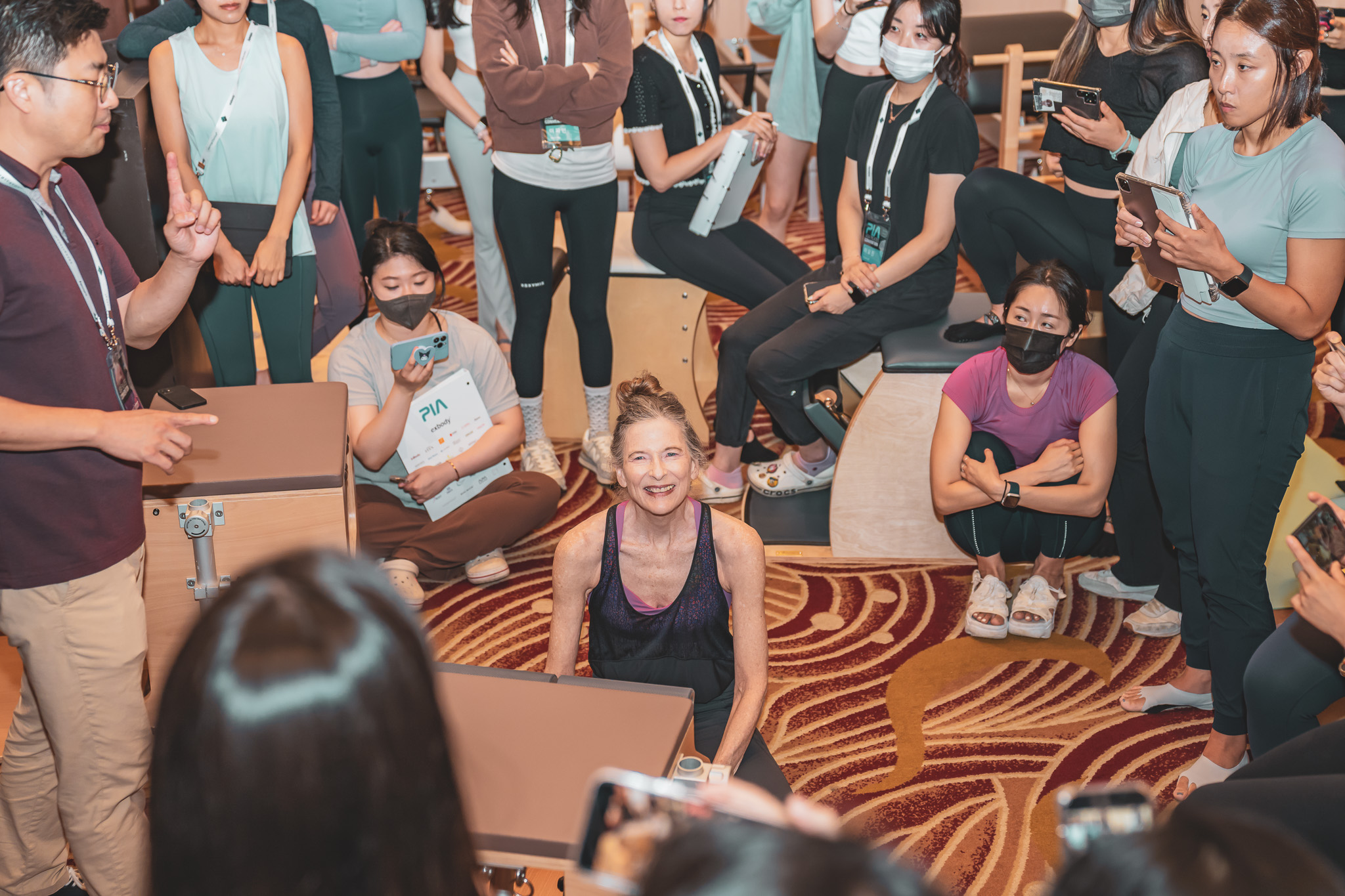
- 2024 May, 19 Sunday
-
Hip and Knee Biomechanics on the Pilates Reformer; Integrating Functional Demands

- Time : https://drive.google.com/drive/folders/1B0jaOSvbYiK85-kRqJjxdPHddPSjJslk?usp=sharing Location : 104 Required Equipment : Reformers Total number of people : 50people
-
The hip and knee are highly interrelated in terms of alignment and mechanics. Learn to detect and help correct common technique errors involving the hip and knee in standing and on the reformer. Practice reformer exercises designed to optimize function of the hip and knee, including exercises that challenge balance and develop valuable motor control links between these joints
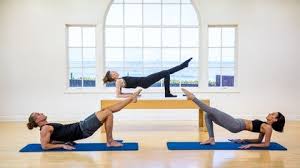
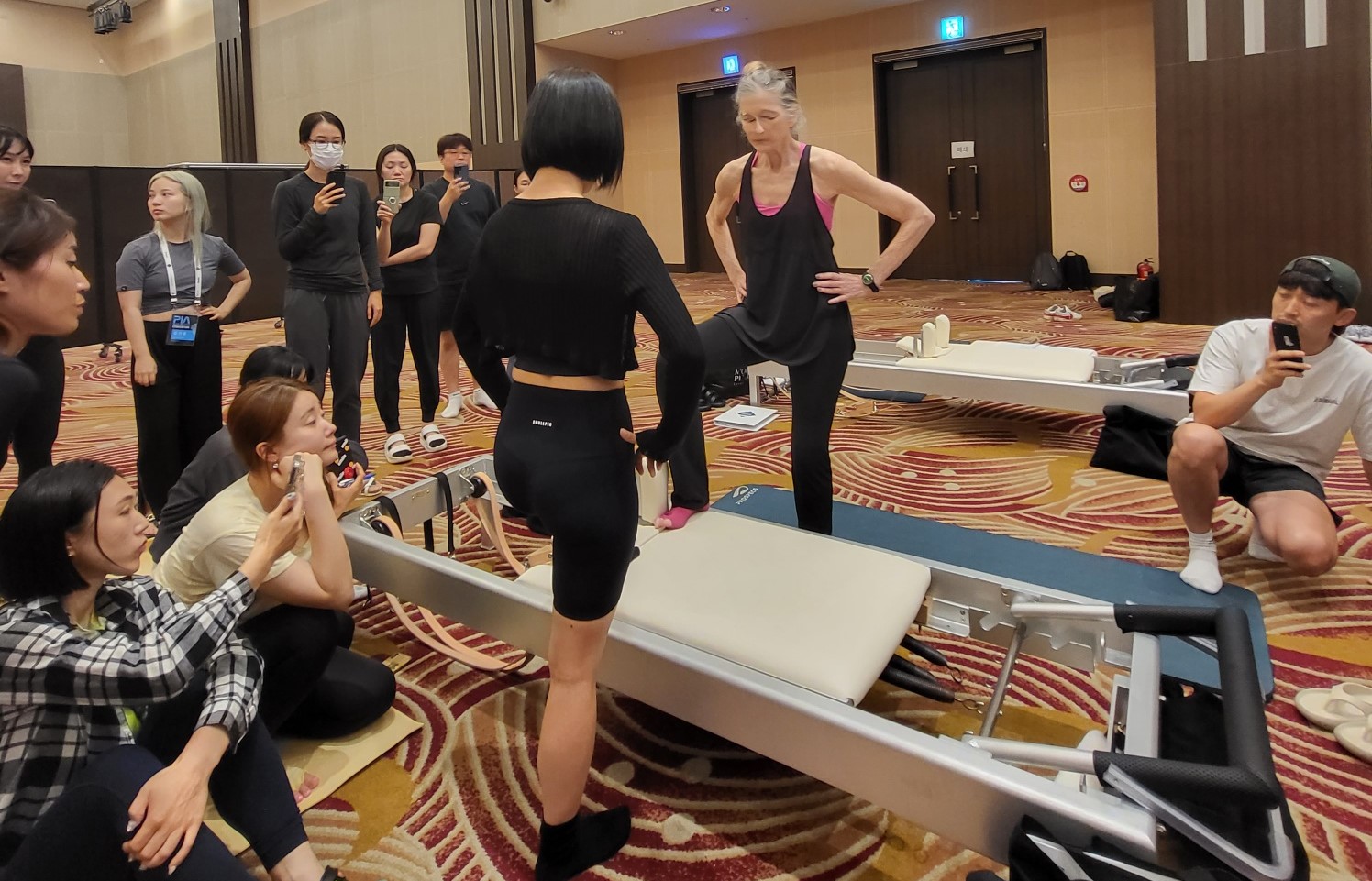
- 2024 May, 19 Sunday
-
Sacroiliac Function and Pilates Exercise Design

- Time : https://drive.google.com/drive/folders/1YwP85XVjQvcTcU7J4-Z9Kv9llBoj4aOb?usp=sharing Location : 202 Required Equipment : Reformer and ladder barrel Total number of people : 50people
-
This workshop will include a discussion of the importance of the sacroiliac joint and its common dysfunction and associated pain. Participants will learn Pilates-based exercises than can be used to help restore stability to this vital joint, as well as cueing and position modifications for selected classical repertoire aimed at preventing aggravation of chronic conditions in this area.
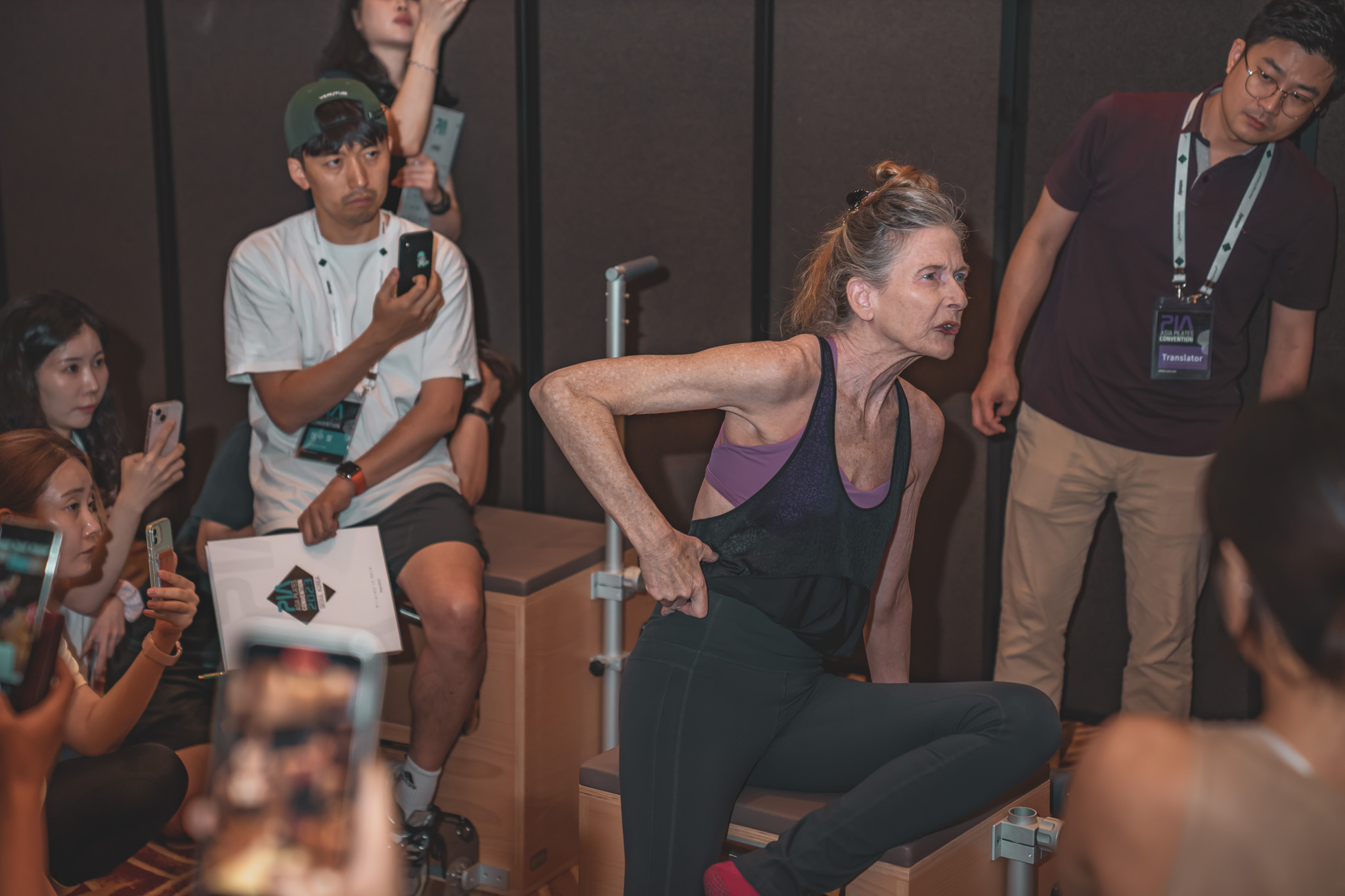
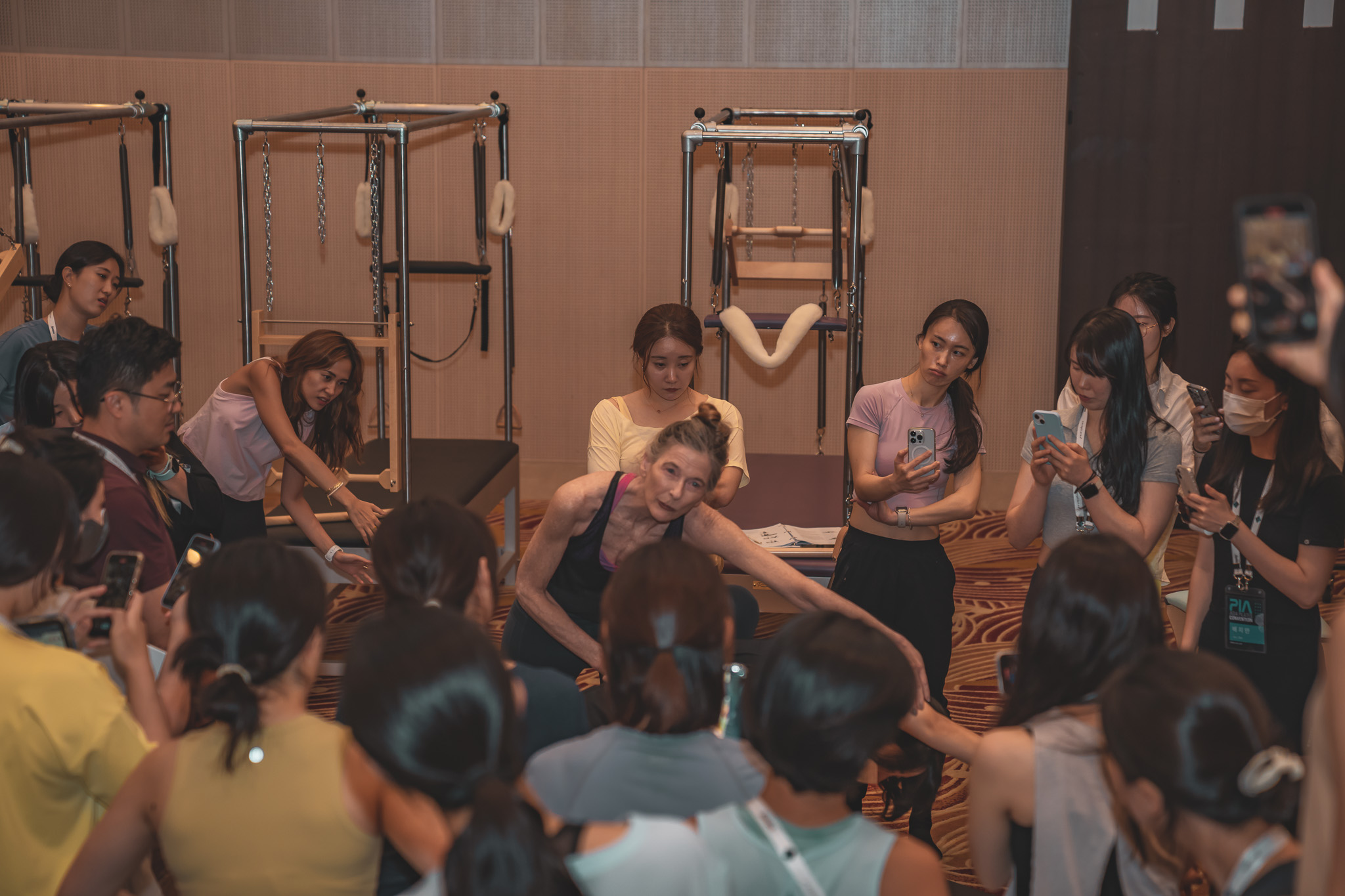
-




